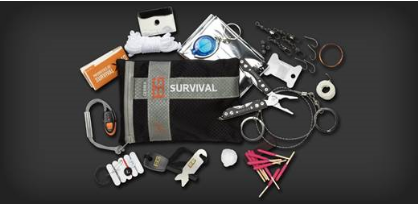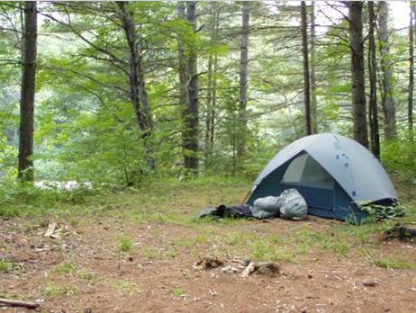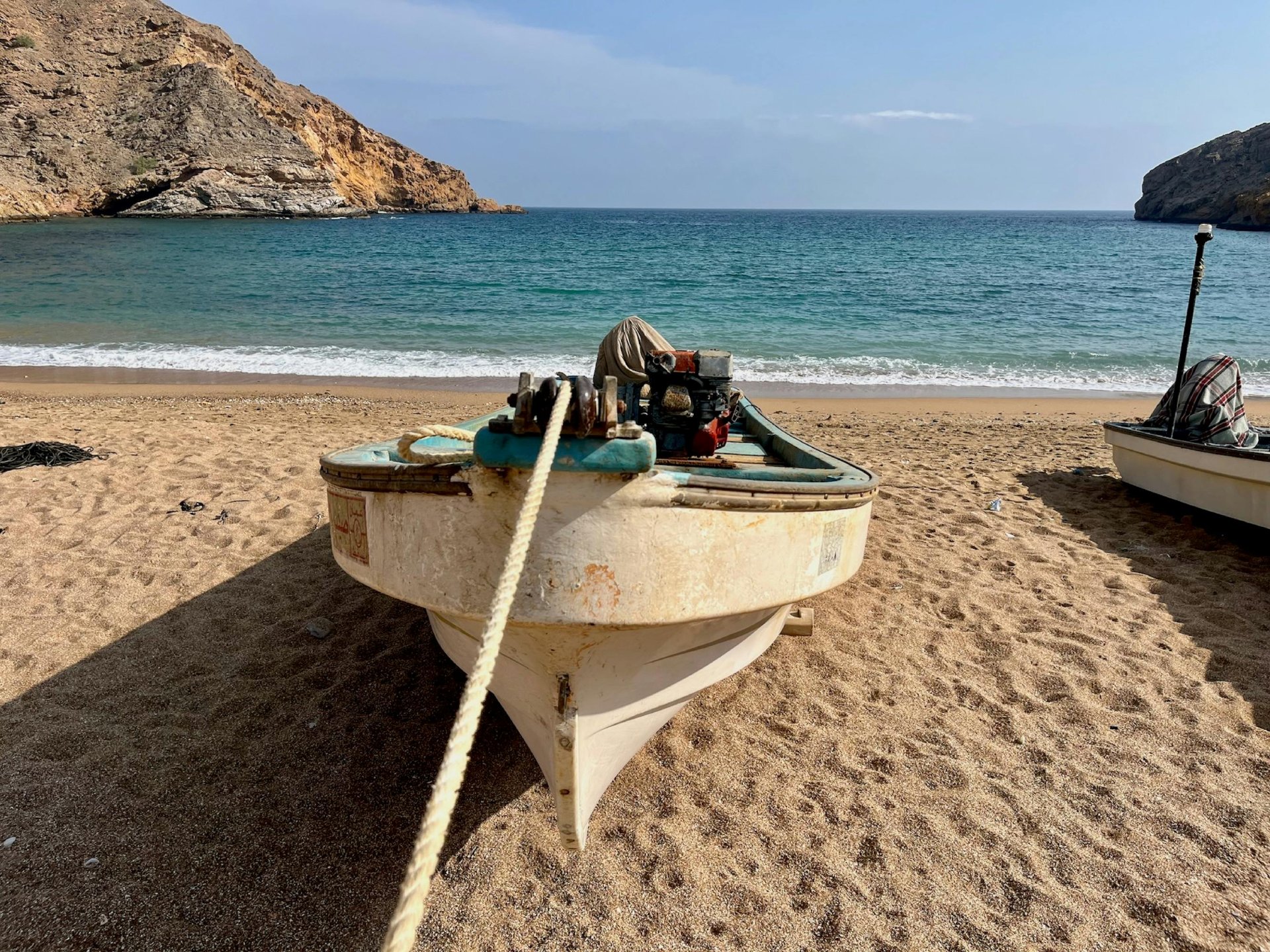Each year, people head outdoors for many different reasons. While each season brings different outdoor environments, it can be challenging to compile a “master packing list” that covers the full range of outdoor activities.
At Global Rescue, our operations centers are staffed by experienced nurses, paramedics and military special operations veterans. With decades of experience, our operations teams have lived and worked in conditions spanning Arctic cold to desert heat.
When it comes to packing for the outdoors, having the right equipment on the trail will not only keep you alive but it will also keep you comfortable, allowing you to fully enjoy whatever trip or activity you choose.
As you get ready to head outdoors, Global Rescue operations personnel recommends dividing your gear into three piles.
The first two piles of gear should be suitable to fit into a larger backpack and a smaller day pack. The third pile should be small enough to fit inside the pocket of your pants, or worn somewhere on your body.
What should be within these three piles? Find out below.
The Larger Backpack
These items are for living and comfort and include the following:
- Tent/bivy cover
- Sleeping bag
- Sleeping pad
- Mosquito net
- Extra clothing
All of the items above are dictated by the climate and location you’re in, as is the necessity of a mosquito net. Global Rescue operations personnel also recommend waterproof bags to keep items dry.
- Stove/cooking gear
- Food/water
- Towel
- Hatchet
Food is obviously a necessity, but the type of food and the length of preparation are two things that are completely up to you. While some prefer a more spartan approach to food on the trail, others might choose a more elevated approach to back country cooking, opting to create a gourmet meal from the most meager ingredients.

The Day Pack
The second pile of gear goes in the day pack. When camping or hunting, you might opt to hike in under the full load. Once camp is set, then venture out on shorter trips from there. While the load of your gear is much lighter, you still need to have the basics on hand in case you get into trouble (or trouble finds you).
- Water/snacks
- Warming layer
- GPS w/ extra (rechargeable) batteries
- Solar charger
- First aid kit
- Head lamp
- Socks
- Space blanket
- Foam pad (for sitting in cold, snowy conditions)
- Fire-starting gear
- Signal mirror
- Satellite phone or texting device (for very remote locations)
The solar charger can be used to charge a cell phone, GPS, headlamp and anything else that can be powered with rechargeable batteries. You can even clip it onto your pack and it will charge as you hike.
We also have a post with tips for building a good first aid kit. Even though this kit is light and packs smaller than you’d think, it can help you in a variety of misadventures.
To be Worn or Kept in your Pockets
While these items are small enough to be worn on your body or kept in your pockets, it’s a good idea to regularly have them on you at all times.
- Map of the area and a decent compass
While GPS devices are one of the miracles of the modern world, they can break or run out of batteries at the most inopportune times. It is also easier to terrain-associate with a map than with GPS.
- Folding knife or multi-tool
- Signal mirror
- Cordage
Parachute cord is great because in a pinch it can be taken apart, or “gutted” and the smaller strings inside the outer covering can be used individually.
- A pair of light but durable gloves
Hard experience can quickly teach even the most seasoned outdoor enthusiast to protect their hands, regardless of the temperature. Gloves can help prevent painful scrapes and punctures that are inevitable when traveling in the backcountry.
- Some type of eye protection
This is important for more than just protection from the sun’s glare. Low branches can pose a nasty hazard, especially when moving in the woods after dark. An eye injury in the backcountry can be disabling and can almost guarantee a trip to the local ER (if one is available).
No matter your trip, your gear does not have to be fancy or high tech. Generally, the simplest solutions are the best.
Become a Global Rescue Member
Global Rescue memberships include personalized advisory services, 24/7/365 emergency assistance and evacuation services at no additional cost to you. To learn more about membership benefits, click here.









